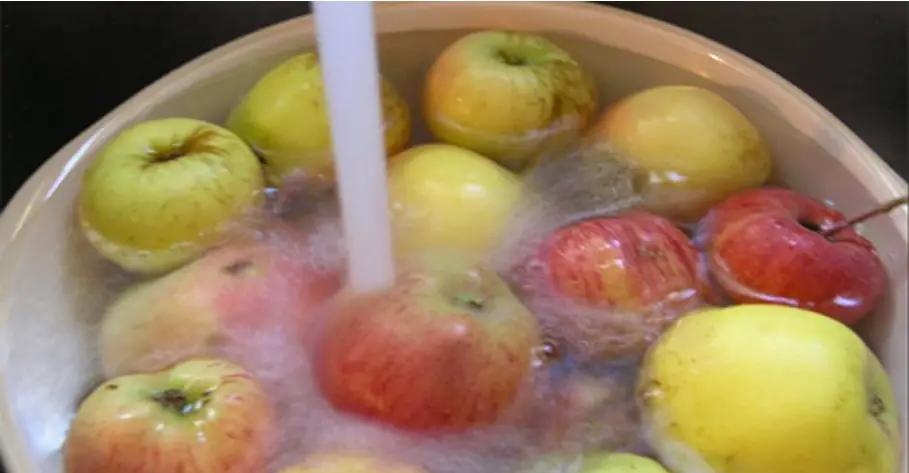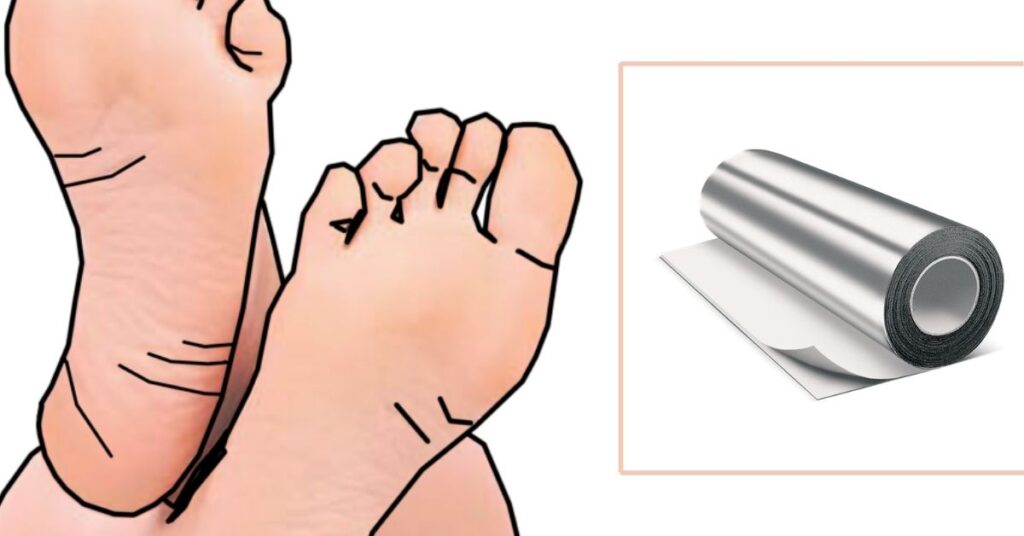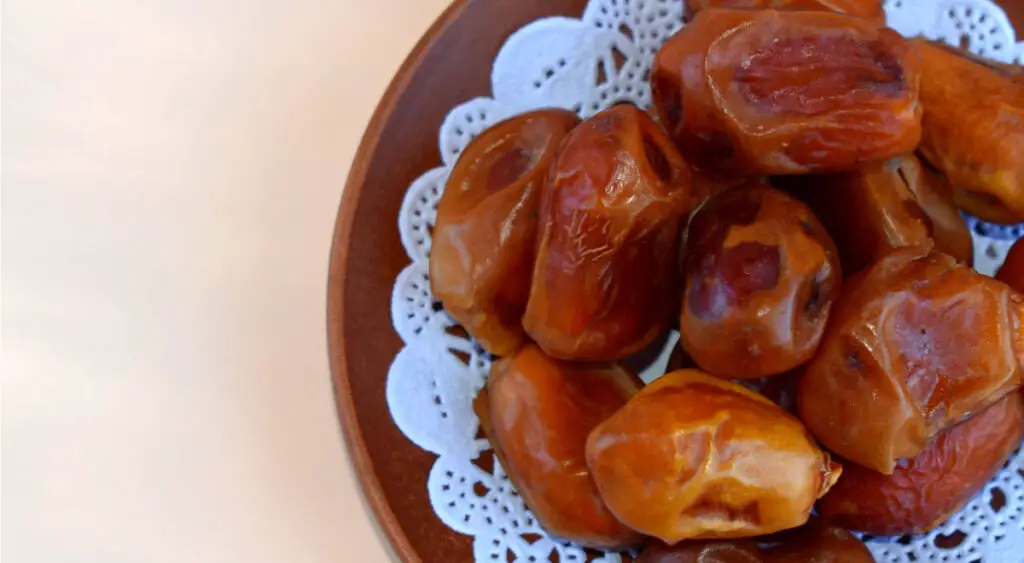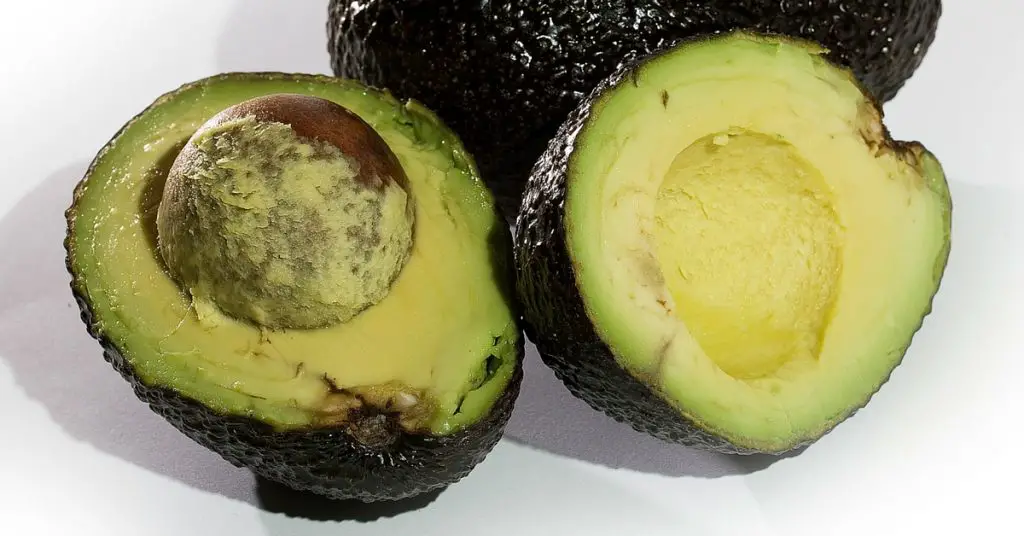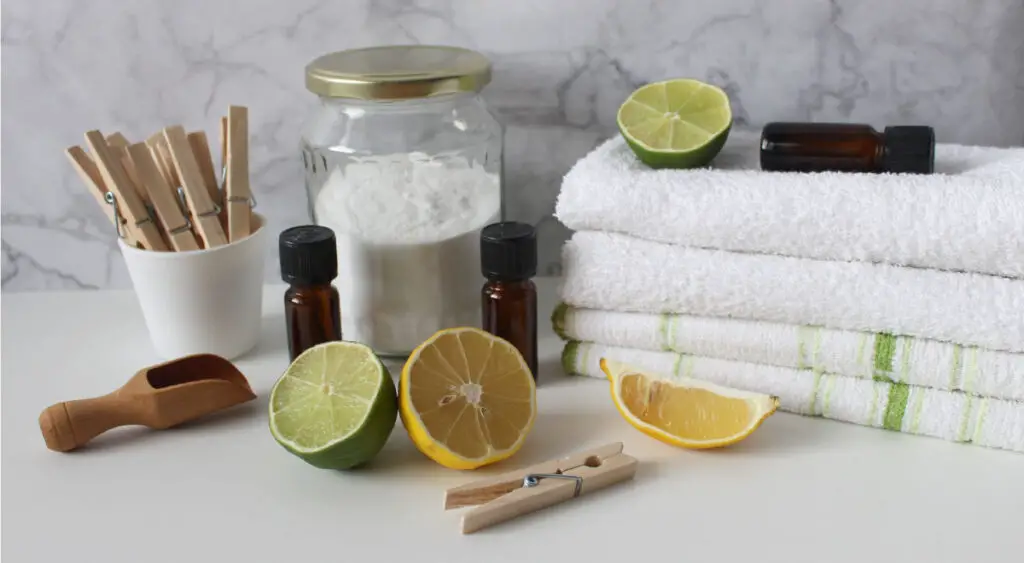There is no food that is 100% free of pesticides. Even organic products contain pesticide residue. Therefore, washing products is of utter importance to prevent foodborne illnesses and reduce exposure to pesticides. To reduce your exposure to pesticides, you should choose organic products when you can, especially the products that are mostly contaminated with pesticides.
Why are pesticides used on fruits and vegetables?
EPA claims that pesticides are used to regulate the disease-carriers, like rats, mosquitoes, mice, and ticks. Moreover, they are used to control pests, insect infections, weeds, and diseases.
Also, there is evidence that suggests that pesticide exposure is related to an increased risk of chronic diseases, such as:
- Diabetes and cancer,
- Neurodegenerative diseases, such as ALS, Alzheimer’s disease, and Parkinson’s disease
- Reproductive disorders and birth defects,
- COPS, asthma, and so on.
If you want to cleanse pesticide residue from the fruits and vegetables, you can use a baking soda solution. You do not need to scrub them for hours after you buy them from the supermarket. All you need to do is to rinse them with baking soda.
Results of the studies
According to the Journal of Agricultural and Food Chemistry, you can remove pesticide residue from fruits and vegetables with baking soda.
There are 3 ways to cleanse pesticide residue from fruits and vegetables:
- Bleach solution
- Water/baking soda solution
- Tap water
Bleach solution and tap water do not completely remove pesticide residue even if you scrub fruits and vegetables for a couple of minutes. However, baking soda solution can completely get rid of pesticide residue. Baking soda can remove 80% of thiabendazole after fruits are soaked in the solution for12 – 15 minutes. Moreover, it can remove 96% of phosmet from fruits and vegetables. Phosmet and thiabendazole differ from each other because phosmet goes 20 micrometers deep in the apple, while the thiabendazole goes 80 micrometers deep.
How to remove pesticide residue from fruits and vegetables
Here is how to wash vegetables:
- Put the greens in a salad spinner and fill it with water,
- Add a teaspoon of baking soda and mix it.
- Soak the vegetables for a minute.
- Dump, swish, and rinse them.
- If you do not have a salad spinner, you can use a large bowl.
Here is how to wash fruits:
- Smooth skin fruits, like nectarines, apples, and cherries, can be washed in the same way as vegetables.
- Berries can be washed in a strainer with cold water, then patted dry with a paper towel or a clean kitchen towel before you eat them.
Pesticide-packed foods: the most important foods to buy organic
According to the Environmental Working Group, here is a list of Dirty Dozen Foods, which contain the highest levels of pesticide residues:
- Strawberries
- Spinach
- Apples
- Kale
- Nectarines
- Peaches
- Cherries
- Pears
- Grapes
- Tomatoes
- Celery
- Potatoes
Here is a list of the least contaminated products, also known as the Clean 15:
- Avocados
- Sweet corn
- Asparagus
- Pineapple
- Onions
- Papay
- Cantaloupes
- Sweet peas (frozen)
- Eggplants
- Cauliflower
- Kiwi
- Broccoli
- Mushrooms
- Cabbage
- Honeydew melon

